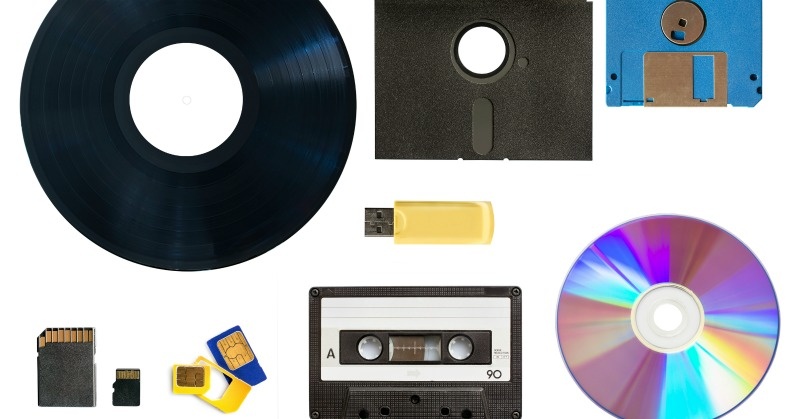 Digital Asset Management ('DAM') overcomes issues created by 'Content Fragmentation'
Digital Asset Management ('DAM') overcomes issues created by 'Content Fragmentation'
All too often, we have seen some pretty reputable companies limited by their valuable content being literally ‘all over the place’.
In some examples there have been Marketing Departments with content stored on USB drives, EA’s having crucial reports and company logos stored in their personal "My Documents" folders, Advertising Agencies with their own storage of critical files and even CEOs with their personal stash of Brand Assets. It then gets compounded by, say, an overseas division of the company producing new assets that somehow fails to make it into everyone’s hands.
This can result in files being lost when people move on; files physically being lost and even exposing the company to licensing issues.
This is what we call 'Content Fragmentation'.
It makes it harder for a given enterprise to produce content, get it approved and efficiently publish it live in the market place. It’s a massive problem that impacts many enterprises and the solution lies in the realm of Digital Assessment Management ('DAM').
So, what is Digital Asset Management?
Digital asset management (DAM) is a business process for organising, storing and retrieving digital assets, managing digital rights and permissions associated.
So what is a Digital Asset?
A digital asset is any digital file on your computer, network or website that has taken time or money to create. Effectively, if you or someone else has spent time creating content, then that is a digital asset. Common examples are:
- Rich media assets, such as photos, music, videos, animations, podcasts and company logos.
- Content based assets, such as articles, reports, brochures and
how-to guides.
Beyond the physical storage infrastructure; DAM software helps manage, categorise, store and index the data (including the text and metadata inside most assets) for fast searching. This takes out the pain of USB drives, Dropbox files, external hard-drives and files lost in massive networks by making it centrally accessible and user access controlled.
A good DAM will also incorporate elements of workflow (such as approval processes or requests for use).
We at Creative Folks IT are as software neutral as can be in that there are many different platforms out there which help facilitate strong DAM. Common examples of software include Elvis by WoodWing, Canto Cumulus and also the Assets core service module of Adobe Experience Manager.
All of the DAM platforms have their own strengths and weaknesses by application; allowing us to match the right system to the right client. Our advice and thinking from working with DAM over the years? Identify where you waste most of your time and energy. Then plan a solution around those key areas to improve.
It gives immediate productivity benefits to the organisation by streamlining processes and making life much easier. It also prevents valuable files getting lost over the years and improves collaboration in complex situations involving 'Client' / 'Advertising Agency' relationships.
Appreciate the read and if any questions on this topic, please feel free to contact us at Creative Folks IT.



 Previous
Previous



